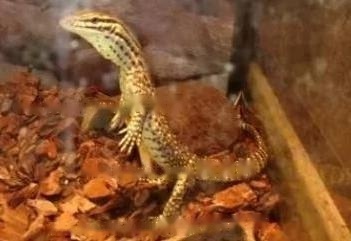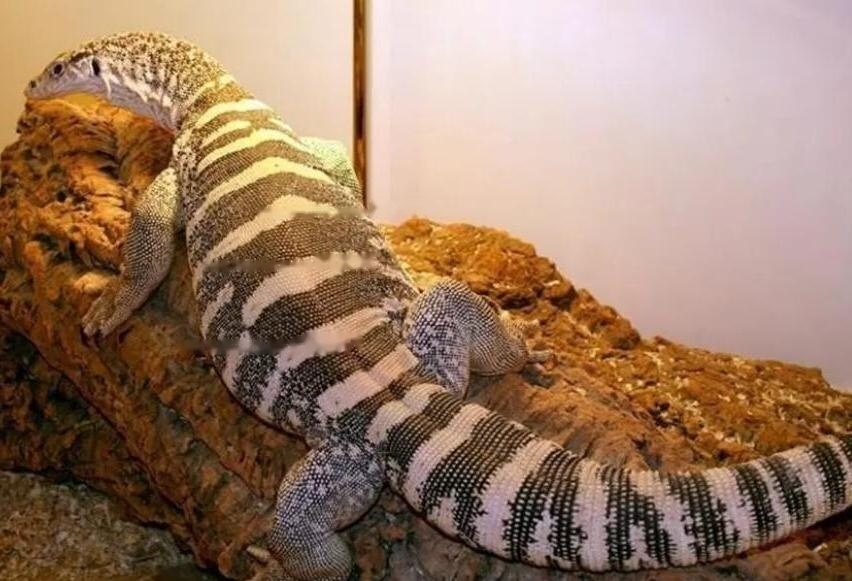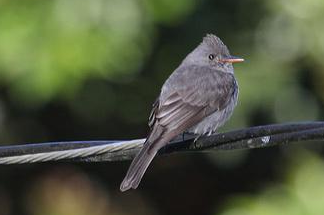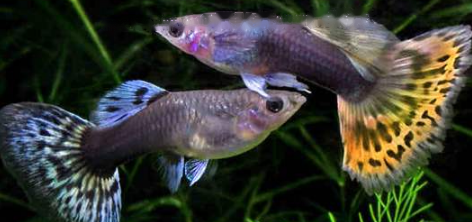The sand monitor lizard (Varanus gouldii) is more expensive than other lizards in the market. This lizard is adaptable, hard-working and fast. When threatened, the sand monitor lizard usually stands on its hind legs and bulges its neck. It flicks its head and hisses to scare off enemies, and if it doesn't work, it lashes out with its tail or mouth.

Chinese name: Sand monitor lizard
English name: Sand Monitor, Gould's Monitor, Racehorse Goanna
Binary name: Varanus gouldii
Kingdom: Animalia
phylum: Chordate
Class: Reptiles
Order: Squamata
Family: Monitor lizards
Genus: Varanus gouldii
Distribution: Australia and New Guinea
morphological characteristics of sand monitor lizards
The main reason why it is called the sand monitor lizard is because the lizard is too large and will attack people when threatened. phenomenon, especially the male sand monitor lizards, so it is best to keep the sand monitor lizards at home and keep away from him in the wild. The average body length of an adult sand monitor lizard is 120 cm, with a maximum of 140 cm. On the back there are both bright spots and large black spots juxtaposed. The nostrils are rounded, located closer to the muzzle, and open towards the back. The back is dark brown or black, with numerous tiny milky or yellow spots on the cloth. The lower lip has dark grey markings. The tail is extremely sturdy, with pocket markings at the tip and a quarter yellow, and the tail can be lifted completely off the ground when running.
Living environment of sand monitor lizards
The sand monitor lizards living in the wild are very adaptable and can create a living environment for themselves, but the sand monitor lizards raised at home do not have these natural habitats. The advantages of the conditions, its environmental layout and healthy diet all need to be managed by the owner. So what requirements does the sand monitor lizard have on the living environment?

Sand monitor lizard action Rapid, mainly inhabits dry savannah and wasteland. Sand monitor lizards are very good at burrowing outdoors, and will dig down to the ground to build their nests. They usually build their nests under rocks, shrubs or fallen trees, and sometimes occupy rabbits' nests to save the trouble of building their own nests.
For the artificially raised sand monitor lizard, you must ensure that it can bask in the sun every day. If it cannot meet the requirements, then you must buy UVB lamps, because reptiles such as lizards have very high requirements for sunlight and temperature. Mainly in low humidity and high temperature, the recommended breeding temperature is about 25 ~ 35 ℃.
![[Original] Sharing of popular science knowledge of ringed map turtles](/static/img/11249/11249_1.jpg)





